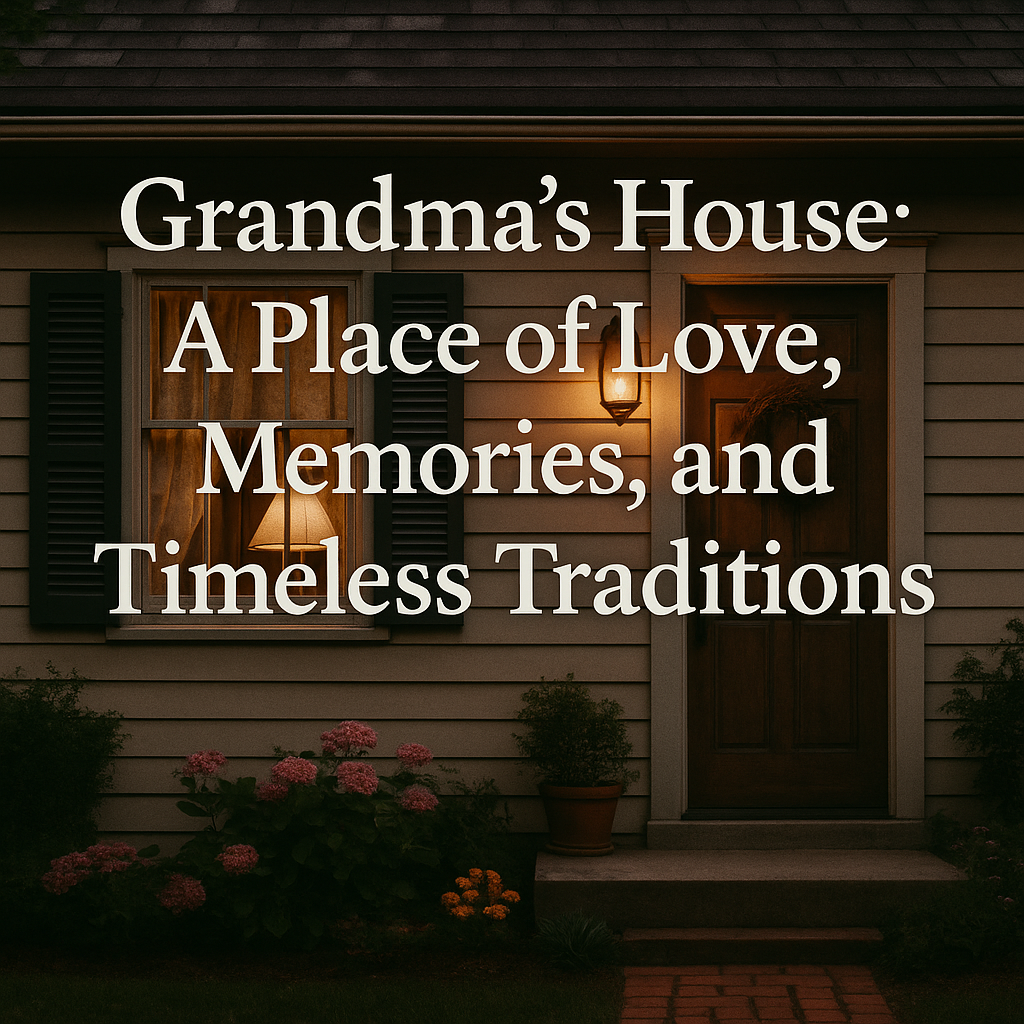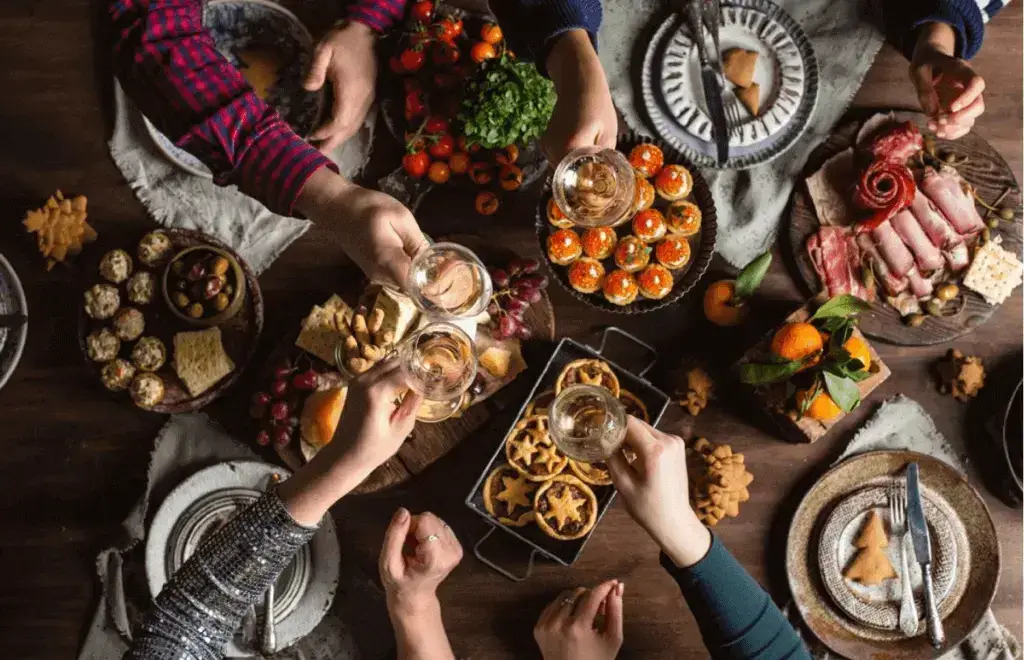There’s something magical about grandma’s house—a place that smells like fresh pie, feels like warm hugs, and echoes with the laughter of generations. Whether nestled in the countryside or tucked within a bustling neighborhood, grandma’s house represents more than just a physical space. It’s a symbol of heritage, comfort, and emotional grounding. For many, it’s where childhoods were shaped, values were taught, and traditions were kept alive.
In this article, we’ll explore the charm and significance of grandma’s house, examining its emotional value, cultural importance, and the nostalgic traditions that make it such a beloved cornerstone in many families. We’ll also look at how the concept of grandma’s house is evolving in modern times, yet still preserving its essence. So let’s step into this warm, familiar space and uncover what makes grandma’s house so special.
The Emotional Significance of Grandma’s House
A Sanctuary of Comfort and Security
Grandma’s house is often seen as a safe haven—a place of unconditional love and emotional security. For children and even adults, it offers a break from the stresses of everyday life.
- Predictable routine: Meals at the same time, the same chair by the window, and the sound of a familiar clock ticking.
- Unspoken comfort: A soft bed, cozy knitted blankets, and soothing words in times of distress.
Memories That Last a Lifetime
Some of our most vivid childhood memories come from time spent at grandma’s house. Whether it’s baking cookies, playing in the backyard, or listening to bedtime stories, the moments feel timeless.
- Smells and sounds: The aroma of home-cooked meals or the sound of the old radio.
- Keepsakes: Trinkets, photo albums, or worn-out recipe books handed down through generations.
Cultural and Generational Values Passed Down
A Living Museum of Family Heritage
Grandma’s house often reflects the culture and history of the family. The décor, food, music, and even household rules mirror the values of a previous era.
- Cultural practices: From traditional recipes to holiday celebrations.
- Language and dialects: Older family members often speak in a way that connects younger generations to their roots.
Storytelling and Oral History
Grandma’s house is where stories come alive—first-hand accounts of family history, life struggles, and love stories.
- Life lessons: Lessons about patience, hard work, and respect.
- Family tales: Stories that offer moral guidance or simple entertainment, passed on over generations.
Common Features of a Traditional Grandma’s House
The Heart of the Home: The Kitchen
Perhaps no room is more iconic than the kitchen. It’s where meals are prepared, secrets are shared, and generations bond.
- Signature dishes: From special stews to cookies only grandma could make.
- Handwritten recipes: Tucked into worn cookbooks or on index cards faded with time.
Decor That Tells a Story
Every item in grandma’s house seems to hold meaning:
- Crocheted doilies and handmade quilts
- Old photo frames, religious symbols, or antique furniture
These pieces create a sense of continuity and connection to the past.
Why Grandma’s House Feels Different
Slower Pace of Life
At grandma’s house, time seems to slow down.
- Technology-light lifestyle: Less screen time, more face-to-face interaction.
- Meaningful conversations: Deeper connections are built without distractions.
Consistent Routines and Predictability
In a world full of change, grandma’s house offers routine and rhythm.
- Meals, chores, and family traditions often follow a set pattern.
- This consistency helps children (and even adults) feel grounded.
The Changing Face of Grandma’s House in Modern Times
Adapting with the Times
Today’s grandmas might be tech-savvy, live in urban apartments, or travel frequently. Yet the emotional core of grandma’s house remains intact.
- Blending old with new: Digital photo albums alongside printed ones.
- Modern amenities: Smart kitchens with traditional recipes.
The Concept for Urban and Working Grandmothers
With changing family dynamics, some grandmas balance caregiving with careers or community involvement.
- Virtual grandma’s house: Video calls and digital storytime sessions.
- Shared parenting: Grandparents as co-caregivers in multi-generational homes.
Lessons We Learn at Grandma’s House
Value of Patience and Hard Work
Children often learn important life skills and moral values just by observing their grandma.
- Gardening, cooking, sewing, or managing a household.
- The importance of gratitude, frugality, and perseverance.
Respect for the Past
Grandma’s house teaches us to honor history—both family and cultural.
- Learning about ancestors and historical events through personal stories.
- Developing a sense of belonging and identity.
Tips to Recreate the Grandma’s House Feel in Your Own Home
- Use warm, comforting colors like beige, soft yellow, or muted green.
- Display family photos prominently.
- Cook traditional meals and teach recipes to younger family members.
- Create a “story corner” with books, old letters, or a rocking chair.
- Use heirlooms or antique-style furniture to capture the timeless charm.
Psychological Benefits of Spending Time at Grandma’s House
- Reduces stress and promotes emotional healing.
- Enhances intergenerational bonding.
- Helps develop a stronger sense of identity and cultural belonging.
- Increases empathy, patience, and listening skills in children.
Conclusion
In a fast-paced, ever-changing world, grandma’s house stands as a gentle reminder of what truly matters—love, tradition, family, and connection. It’s a space where generations come together, lessons are taught without words, and memories are etched into the very walls. Whether it’s a cozy cottage or a city apartment, the heart of grandma’s house remains the same.




